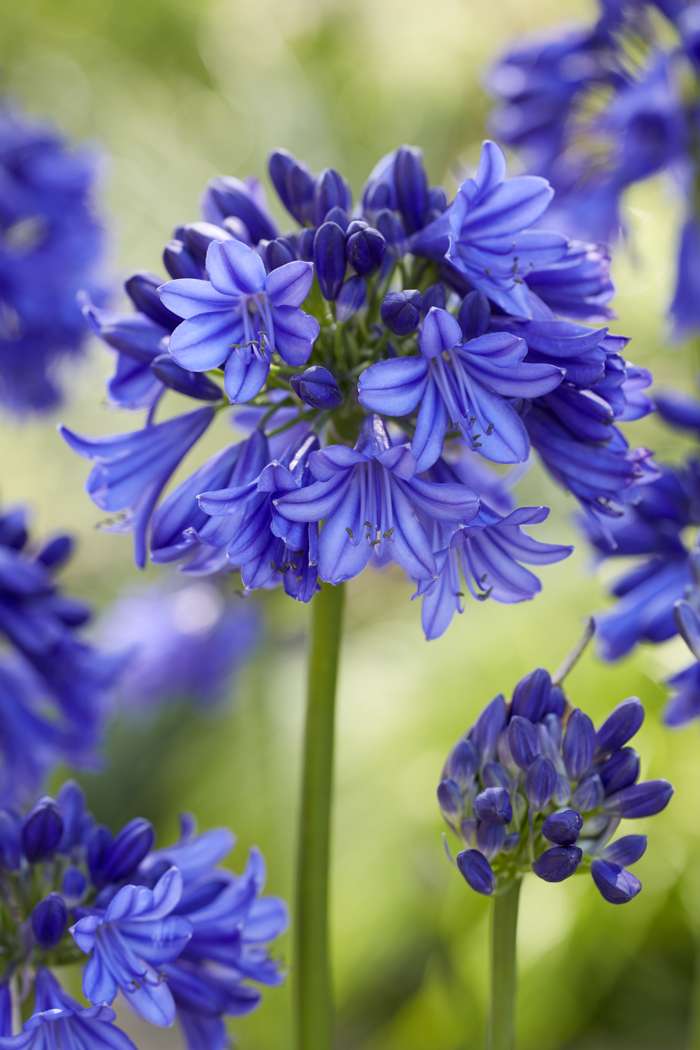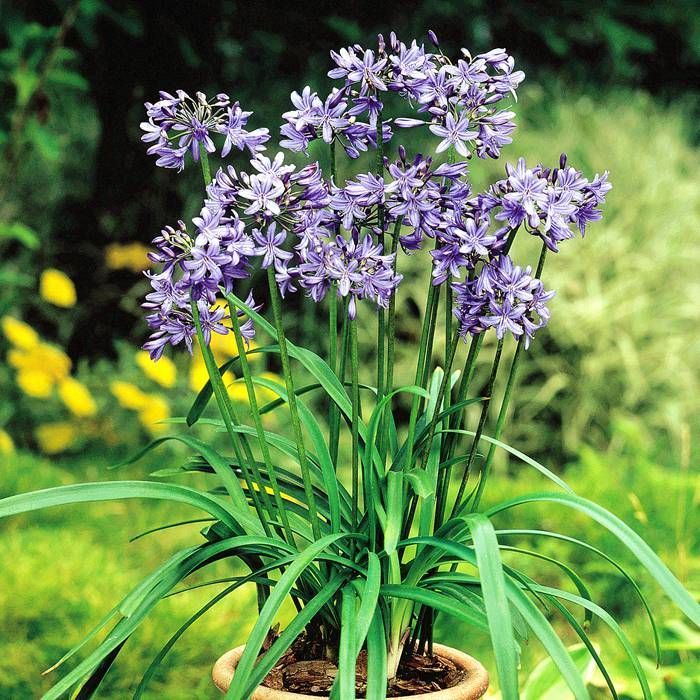Unleashing the Secret to Successful Agapanthus Cultivation: Idea for a Flourishing Garden
In the world of gardening, growing agapanthus successfully calls for a strategic approach that incorporates different facets of plant treatment. By comprehending the nuances of agapanthus growing, one can create an atmosphere where these plants thrive and flower abundantly.
Growing Agapanthus: Best Practices
When growing Agapanthus, correct soil prep work is necessary for making sure successful growth and development of these attractive flowers. Agapanthus, frequently called Lily of the Nile or African lily, thrives in well-draining dirt with a slightly acidic to neutral pH degree - Agapanthus. Prior to planting, it is crucial to change hefty clay soils with natural matter such as garden compost or peat moss to boost drain and give vital nutrients for the plants
To grow Agapanthus, choose a place that gets complete sunshine to partial shade, as this will advertise healthy growth and abundant blooming. Dig a hole twice the size of the plant's origin ball and put the Agapanthus at the very same depth it was previously expanding. Delicately backfill the hole with soil, pushing down strongly to eliminate any air pockets around the origins.
Water the freshly planted Agapanthus completely and remain to maintain the dirt uniformly wet, particularly throughout the plant's energetic expanding period. Agapanthus. Applying a balanced plant food once a month can better support the plant's growth and flowering. By complying with these ideal practices for planting Agapanthus, you can produce a magnificent display screen of these fascinating flowers in your garden
Suitable Soil Conditions for Agapanthus
For optimum development and flowering success of Agapanthus plants, ensuring the soil conditions are perfect is vital. Agapanthus grows in well-draining dirt with a somewhat acidic to neutral pH degree varying from 6.0 to 7.0. This kind of dirt permits ample water drain, preventing waterlogging which can cause root rot. To boost dirt drain, think about adding natural matter such as garden compost or peat moss when preparing the planting website. In addition, Agapanthus prefers dirt that is abundant in nutrients, so integrating a balanced fertilizer during the expanding period can promote healthy growth and vivid flowers.

Watering and Fertilizing Tips
To make sure healthy and balanced growth and dynamic blooms, proper watering and feeding strategies are crucial for successful Agapanthus growing. Agapanthus plants benefit from regular watering, specifically throughout the growing season.
When it involves feeding Agapanthus, a balanced plant food with equivalent parts nitrogen, phosphorus, and potassium can be applied in the springtime to advertise healthy growth and blooming. Slow-release fertilizers are optimal for providing nutrients progressively over an extensive period. Avoid over-fertilizing, as this can result in too much vegetation growth at the expenditure of flowers.
Additionally, including raw material like garden compost right into the soil can boost nutrient levels and improve dirt structure, aiding in the total wellness of the Agapanthus plants. By following these watering and feeding suggestions, garden enthusiasts can guarantee their Agapanthus plants thrive and create spectacular Related Site display screens of flowers.
Trimming and Deadheading Methods
Correct pruning and deadheading strategies play a critical role in maintaining the health and aesthetic appeals of Agapanthus plants, enhancing the vital practices of watering and feeding for successful growing. Trimming Agapanthus includes getting rid of spent blossom heads, dead or yellowing leaves, and total shaping of the plant to promote much better development. Deadheading, the process of eliminating discolored flowers, not only boosts the plant's appearance however additionally encourages additional growing.
When deadheading Agapanthus, it is recommended to clip off the blossom stem at the base using sharp, clean shears. This procedure reroutes the plant's power from seed production back into origin and vegetation growth, promoting a healthier and extra durable plant. Regular deadheading can prolong the flowering duration of Agapanthus and protect against self-seeding, which can result in congestion.
In regards to trimming, Agapanthus usually gain from a light trim after blooming to clean the plant and encourage fresh growth. Cutting back the invested blossom stems and getting rid of any kind of dead or broken vegetation aids maintain the plant's vitality and total look. Nonetheless, it is important to stay clear of reducing right into the crown of the plant, as this can deteriorate its wellness.

Protecting Agapanthus From Pests and Diseases
Implementing reliable bug and condition management methods is vital to securing the health and wellness and vigor of Agapanthus plants in farming. Agapanthus are generally durable plants, however they can still succumb numerous insects and diseases if not properly looked after. One typical pest that influences Agapanthus is the Agapanthus borer, a caterpillar that tunnels right into the plant, causing damages to the blossoms and leaves. To stop invasions, normal assessment of the plants is important. If borers are detected, they can be by hand removed, or insecticidal soap can be made use of as a control step.
In enhancement to insects, Agapanthus are at risk to conditions such as origin rot and fungal fallen leave places. By remaining watchful and attending to pest and illness problems without delay, garden enthusiasts can aid their Agapanthus prosper and prosper.

Final Thought
Finally, effective cultivation of agapanthus calls for correct planting methods, optimal dirt conditions, appropriate watering and fertilizing, normal pruning and deadheading, and security from illness and parasites. By following these tricks and tips, gardeners can see here make certain a flourishing yard full of lovely agapanthus blossoms. Agapanthus. Remember to preserve constant treatment and focus to information to promote the health and wellness and longevity of these magnificent plants
When planting Agapanthus, appropriate dirt preparation is crucial for ensuring successful development and development of these stunning blossoms.Water the newly grown Agapanthus extensively and continue to keep the dirt equally wet, especially during the plant's energetic expanding season.For ideal development and blooming success of Agapanthus plants, ensuring the soil problems are perfect is critical. When planting or transplanting Agapanthus, make certain the soil is well-prepared to More Help offer the needed structure for the plants to establish themselves effectively. One typical parasite that affects Agapanthus is the Agapanthus borer, a caterpillar that tunnels into the plant, triggering damage to the fallen leaves and blossoms.
Comments on “Typical Agapanthus Problems and How to Address Them”